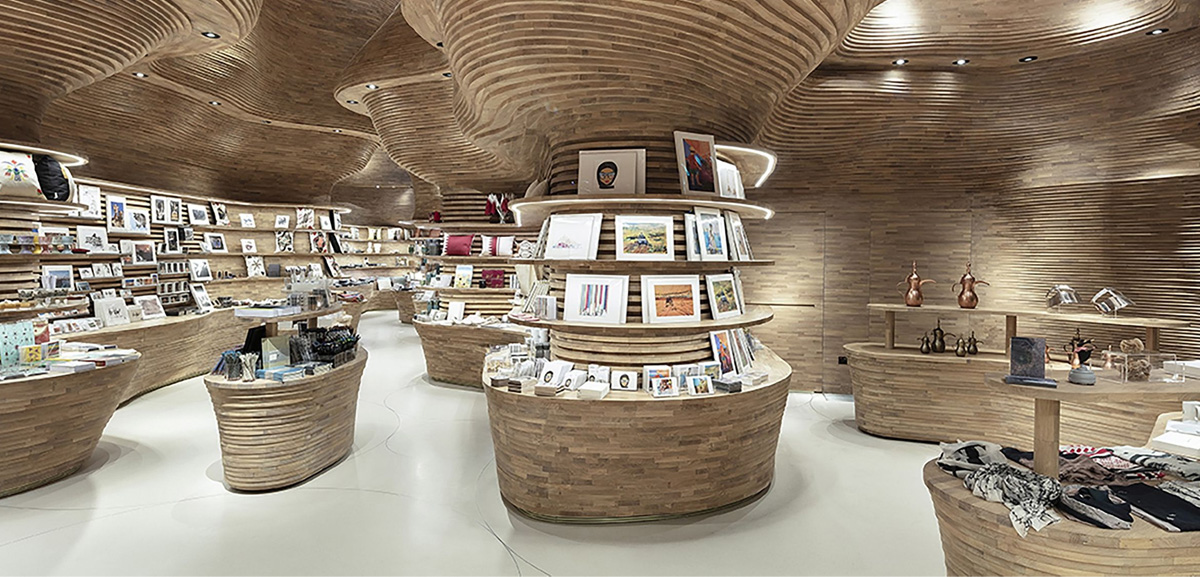As far as holidays go, Easter might not be as popular as Christmas or Halloween, but it still has traditions and treats that can raise anyone’s spirit, mood or blood sugar level.
The most interesting part of this annual celebration of Spring and rebirth is the supposed difference in the ways they are celebrated.
Most Christian-based religions observe Easter to honor the resurrection of their Lord while secular celebrations focus on a giant rabbit that hides brightly colored eggs in backyards. Believe it or not, these two seemingly opposite traditions are steeped in more religious roots than you might think. These are just some of the Easter staples that you thought you knew all about.

1. The name Easter comes from an Old English fertility god
The religious celebration of Easter might have deep roots to ancient Christian traditions, but the name itself comes from pagans. According to the book ‘Rabbits: The Animal Answer Guide,’ the Olde English worshipped a fertility god named Ostara and the Celtics worshipped a similar god called Eostre. Both “Ostara” and “Eostre” gave us modern English words such as estrogen, estrus and Easter. Speaking of which…
2. The celebration of Eostre gave us the Easter Bunny
These early pagan customs also established the iconic myth of the Easter Bunny. These early people worshipped rabbits as god-like creatures because of their ability to mate and reproduce in astounding abundance. The Celtic Eostre, however, came with a legend that their god would turn into a giant rabbit at the rise of each full moon. (Spooky!) Both of these views made this deity the fertility symbol of their respective faiths.
3. The Egyptians gave us the Easter Egg
The myth of the Easter Bunny giving out colored eggs actually goes back much farther on the timeline. According to the book ‘Stories Behind the Traditions and Songs of Easter,’ the Egyptians were the first to pick up this colorful Easter tradition. Much like the rabbit in Olde English and Celtic customs, the Egyptians saw the egg as a symbol of birth and life. They believed the Earth was hatched from an egg and even buried their noblemen with eggs in their tombs.
This solemn egg-worship spread across the globe to other cultures who would hold new Spring festivals and holidays consisting of egg hunts and coloring the eggs. Certain parts of Europe would color eggs with dye because only the white kind existed in the wild. Some orthodox Christian groups would even color eggs red to help teach children the story of the resurrection. By the Middle Ages, dyed eggs would have more elaborate designs and paintings on them to celebrate the season.
4. ‘Paas’ gets its name from the Dutch word for Easter
This drug store staple which usually pops up just after Christmas and all the way through Easter has a much longer history than just your childhood. According to newspaper archives, the Easter Egg dye kit company dates back to the 1880s when drug store chemist William M. Townley of Newark found that he could sell food-coloring powders around Easter time to neighborhood mothers looking to make Easter eggs for their little ones.
Townley first named his powders “Townley’s Easter Egg Dye” but changed it to Paas after the Dutch word “Paasen,” the name for their Easter holiday, to appeal more to his Pennsylvania Dutch customer base. The company became a multi-million dollar business for Townley’s family before being sold to a corporation in the 1950s. Paas continues to sell to this day, making it the oldest American product brand.
5. Congress once outlawed Easter egg rolling
One of the most well-known Easter traditions in America is the annual Easter Egg Roll that dates all the way back to President Andrew Johnson. However, there was a point in our nation’s history when holding an Easter egg roll on the Capitol grounds was a violation of federal law.
By 1876, the annual egg roll had ripped up the Capitol’s landscaping and they didn’t have enough money in the budget to fix it. So the following year, instead of appropriating more funding for the ground’s gardeners, U.S. Rep. William Steele Holman of Indiana introduced the Turf Protection Act “to prevent any portion of the Capitol grounds and terraces from being used as play-grounds.” Congress passed the Act, putting the kibosh on Easter Egg Rolls for a time. Thankfully, Pres. Rutherford B. Hayes renewed the tradition in 1878 by holding an Easter egg celebration at the White House where it’s been held ever since.
6. The UK celebrates Easter with fruitcake
Fruitcake isn’t just for Christmas for the Brits– it’s also enjoyed at Easter time. The Easter Simnel is a fruitcake style dessert filled with apricot jam and topped with marzipan balls. Many presume that the marzipan is meant to symbolize Jesus and his 12 apostles, but food historians have dismissed that as a myth. In fact, there are at least three myths associated with this traditional British dessert, alleging that the name came from the Latin word for flour and even a 15th century man who impersonated the Earl of Warwick and became the King of Dublin, only to be pardoned and made to work in the royal kitchen.
7. Canada has the world’s largest Easter egg
America may have a lot of big stuff (the biggest ball of twine, the biggest thermometer, the biggest squirting clam), but Canada has us beat on the biggest Easter egg. Located in Vegreville, Canada, the Pysanka was constructed in 1978 as a monument to the area’s early Ukrainian settlements. The bronze, silver and gold colors are meant to symbolize prosperity.
8. It used to take 30 hours just to make one Marshmallow Peep
 These days, we take Peeps for granted. We nuke them in microwaves, set them on fire and even shove lit firecrackers into them just for our own twisted amusement. During its heyday, however, they were much rarer and harder to make.
These days, we take Peeps for granted. We nuke them in microwaves, set them on fire and even shove lit firecrackers into them just for our own twisted amusement. During its heyday, however, they were much rarer and harder to make.
The little yellow beauties were mass produced after a series of candy company buyouts by Sam Born, the founder of the “Just Born” chocolate company of New York. The candies actually date back to the 1920s, but they didn’t become popular until Born’s company started selling them to the masses. They were also very difficult to make by hand, requiring approximately 30 hours to complete just one. Thankfully, automation sped the process down to around 6 minutes. These days, over 70 million of the tasty chicks are sold at Easter every year.
9. Chocolate Easter bunnies are hollow for your safety
Kids might be disappointed to learn that the giant chocolate Easter bunny waiting for them in their Easter basket isn’t filled with delicious peanut butter, caramel or (even better) more chocolate, but it’s better than finding out they have to go to the dentist to replace a missing tooth. The hollow center of the traditional chocolate bunny helps make it easier to eat, instead of having to bite through a 2-inch thick block of chocolate. It’s also more economically viable for the candy confectioner.
10. The Cadbury Creme Eggs have shrunk over the years
Candy fans from all across the country have suspected that the delicious Cadbury Creme Eggs that usually only stock up store shelves from January through April were getting smaller, and the company’s cryptic response to the question just raised more doubts. Meanwhile, news reports confirmed that the company shrank the egg sold in the US by 5 grams.
Source: https://thefw.com/things-you-didnt-know-about-easter/
More from Lifestyle & Living






Leave A Comment
You must be logged in to post a comment.